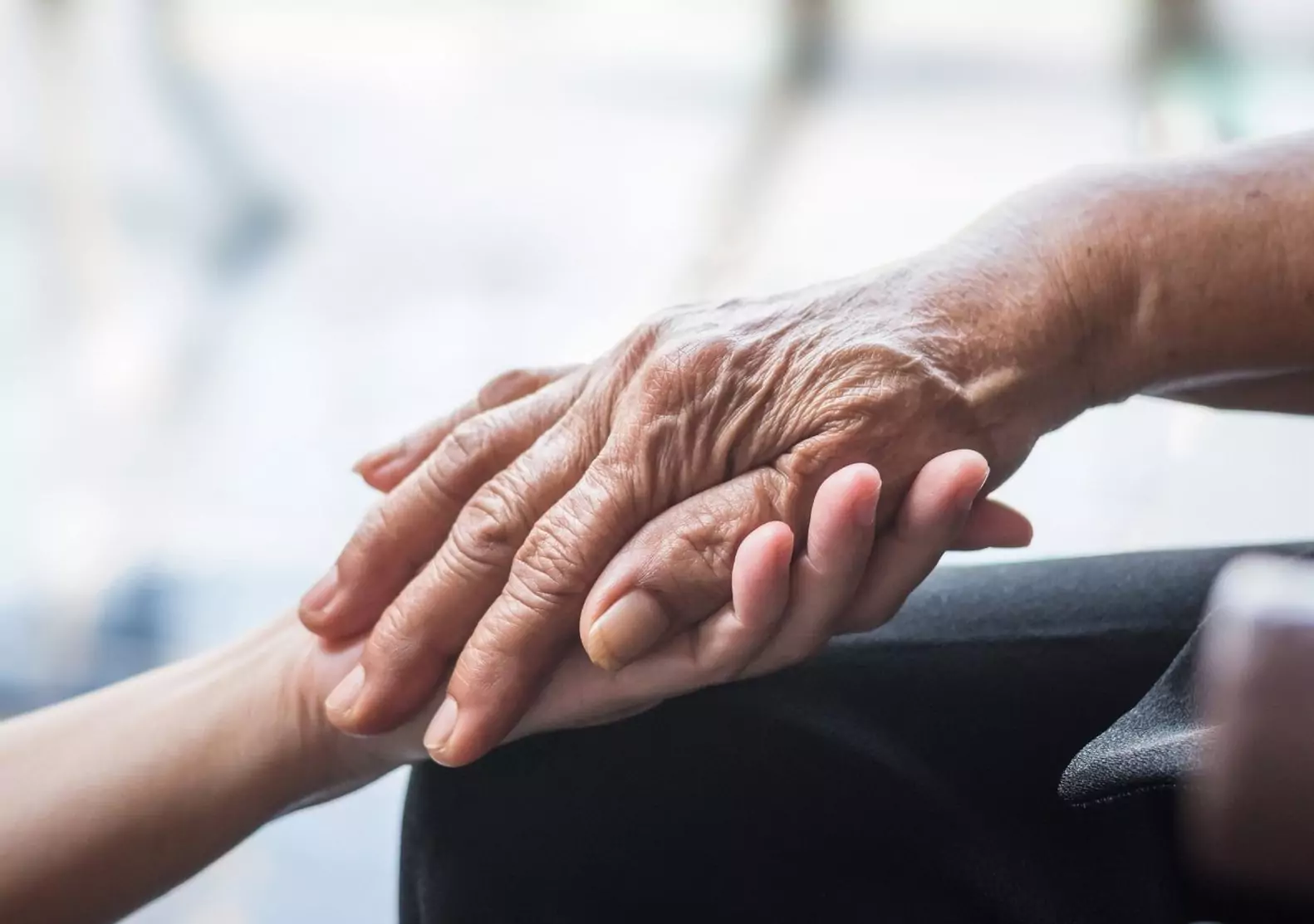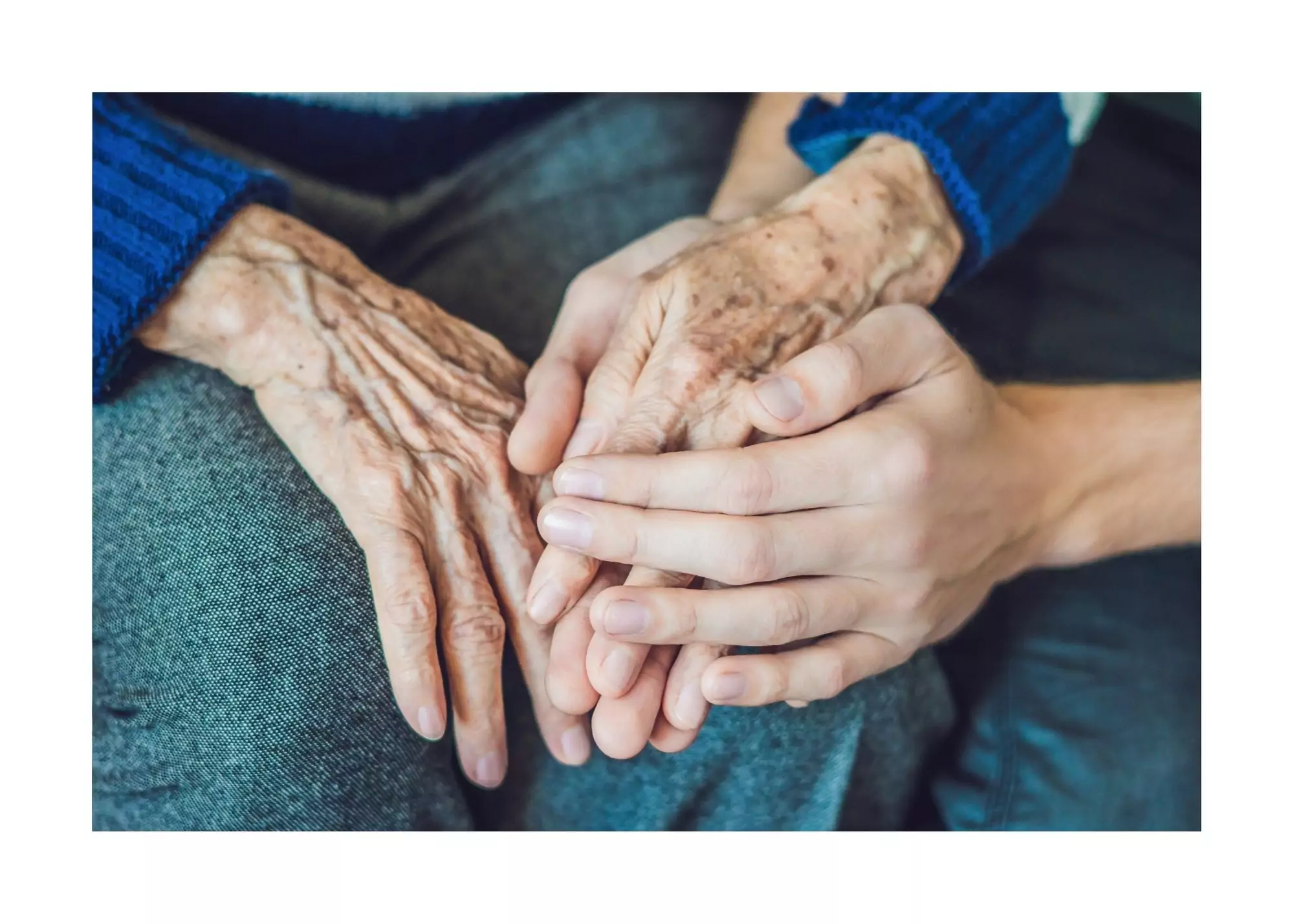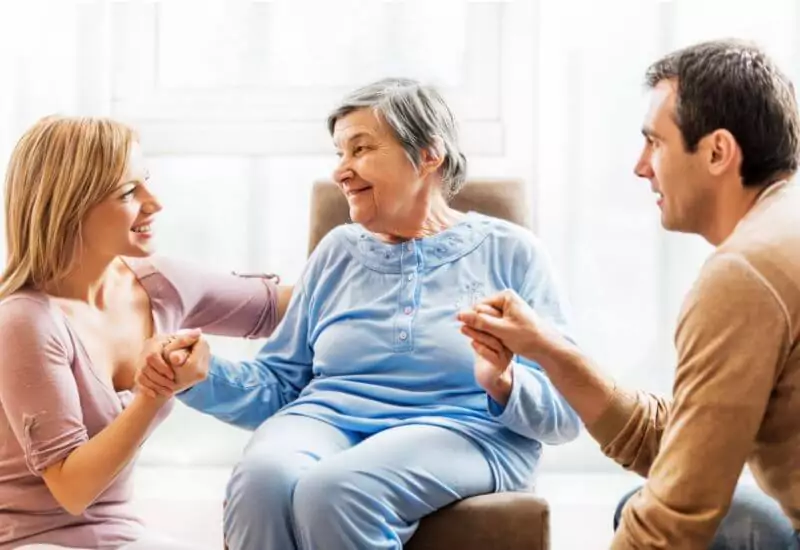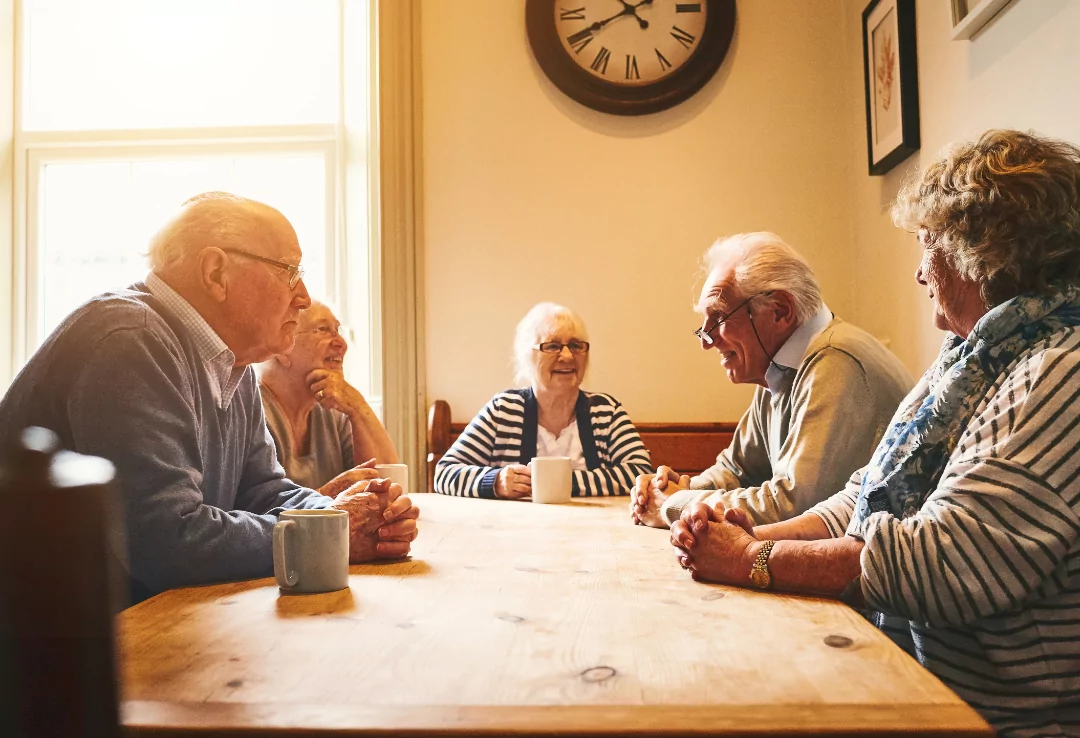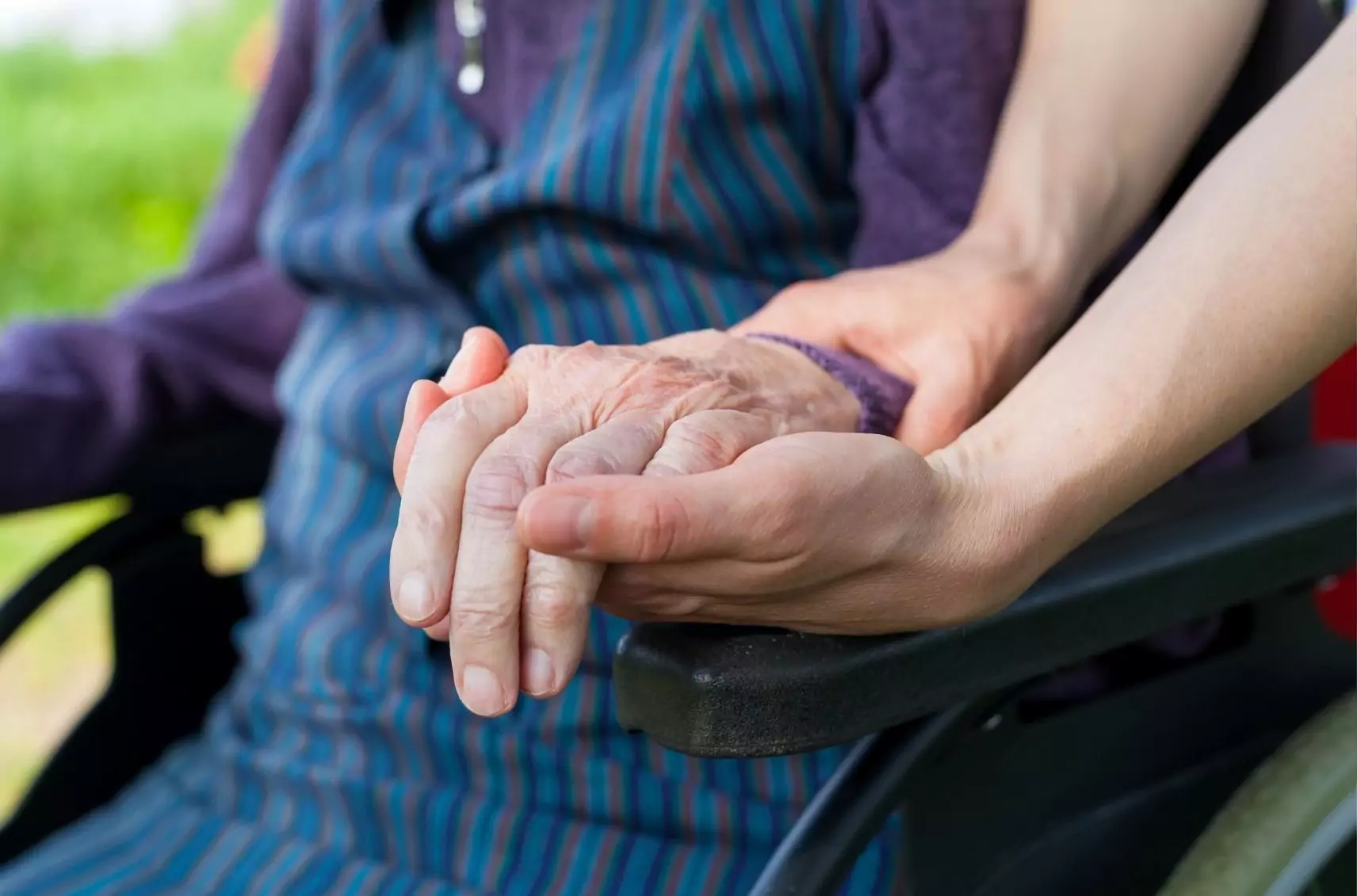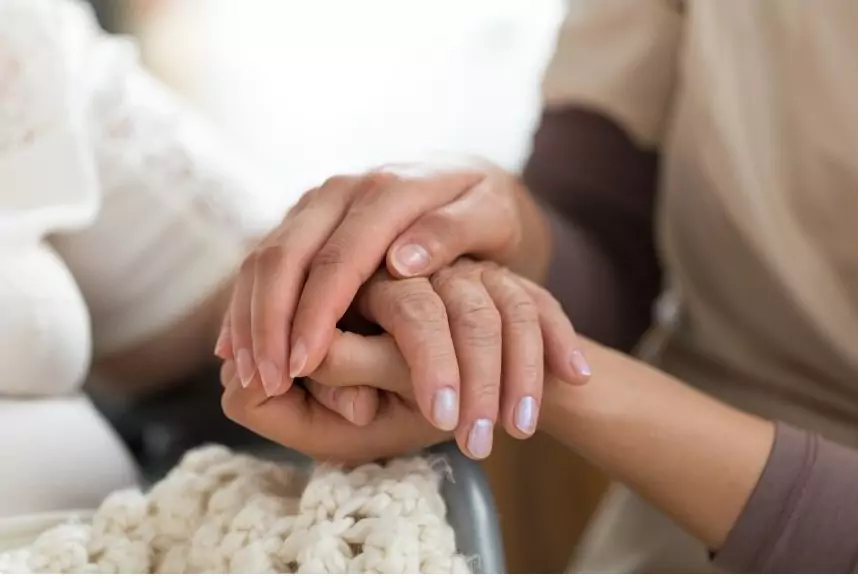According to the FBI Internet Crime Complaint Center (IC3), over 88,000 individuals ages 60 and up reported they were victims of an internet scam in 2022. This was a drastic 84% increase compared to 2021 reports, and monetary losses totaled over three billion dollars, the highest monetary loss compared to all other age groups.
As the number of financial scams targeting seniors continues to rise, it is important to educate yourself and your loved ones on common scams to protect yourself against them. Some of the most common financial scams that target older adults include sweepstakes scams, robocall scams, and impersonation scams.
Sweepstakes Scams
One of the most common types of financial scams, sweepstakes and lottery scams tend to follow a similar script. The scammer will call or email an older adult notifying them that they have won a prize of some sort. The catch is that the scammer will claim that to receive their winnings, the older adult must cover taxes or shipping fees by sending them gift cards or money up front. This can result in the older adult losing hundreds, if not thousands of dollars. Any type of request to send someone money to receive a prize should be considered a red flag. If you find yourself on the receiving end of what you suspect is a sweepstakes scam, hang up and consult with a trusted friend or loved one before complying.
Robocall Scams
With the development of modern technology, robocall scams have become increasingly sophisticated in recent years. Scammers can disguise the number they are calling from, making it seem that it is from a reputable organization. Some robocall scams will claim that your car payment did not go through, and immediate payment is required to prevent your car from being repossessed. Other robocall scams may claim they are from a law enforcement agency and request that you pay a fine otherwise you will be sued or arrested. If you ever receive one of these calls, it is important to contact local law enforcement to report the call and confirm if the information is true before taking any action.
Impersonation Scams
Scammers will often use a fake caller ID or email to pretend to be someone they are not such as your bank, utility company, or a government agency. They will use various high-pressure tactics to trick you into giving up information by playing on your emotions. They may claim that there has been fraud detected on your account or threaten you with legal action if you do not comply with their requests. While these tactics can certainly be scary, it is important to pause and evaluate the situation before reacting. If it seems abnormal for the company to contact you in this way or you were not expecting this type of phone call, do not give them any personal or financial information and hang up. If you think it might be a real phone call, it is still important to be cautious. Tell them you will call them back and hang up. Look up the customer service number for the company they are claiming to be from and give them a call to see if the request was legitimate.
Another type of impersonation scam that has become increasingly common is the “grandparent” scam. These phone calls can be especially scary as the scammer will call pretending to be the older adult’s child or grandchild. They may claim to be in trouble, in jail, or even kidnapped and will often demand you send them a gift card or money transfer. They may also demand that you keep this information private and request that you do not contact the authorities or your family about the situation. If you receive a phone call like this, it is only natural for you to feel scared and protective. However, it is extremely important to be careful and smart about how you respond. One way you can determine if it is actually your child or grandchild is by asking questions only, they would know the answer to. For example, if your child or grandchild does not have a brother named Ted, ask the caller if they have contacted their brother Ted. If they do not point out that they do not have a brother named Ted, you will know it is not your loved one. If you do fear that the phone call is real and your loved one is in danger, do not agree to send money and call the authorities immediately.
Scams can and do happen to anyone. They are designed to make us fall for them and can be incredibly sophisticated. Educating yourself and staying cautious are the best ways to protect yourself from scammers. Reputable organizations will never request gift cards as a method of payment, and you should never provide personal or financial phone via text or email.
Resources such as AARP, the National Council on Aging, and Ohio Department of Aging all provide great information and tools for protecting yourself against scams. If you feel you may have been the target of a scam, immediately report it to the Ohio Attorney General’s Office.



